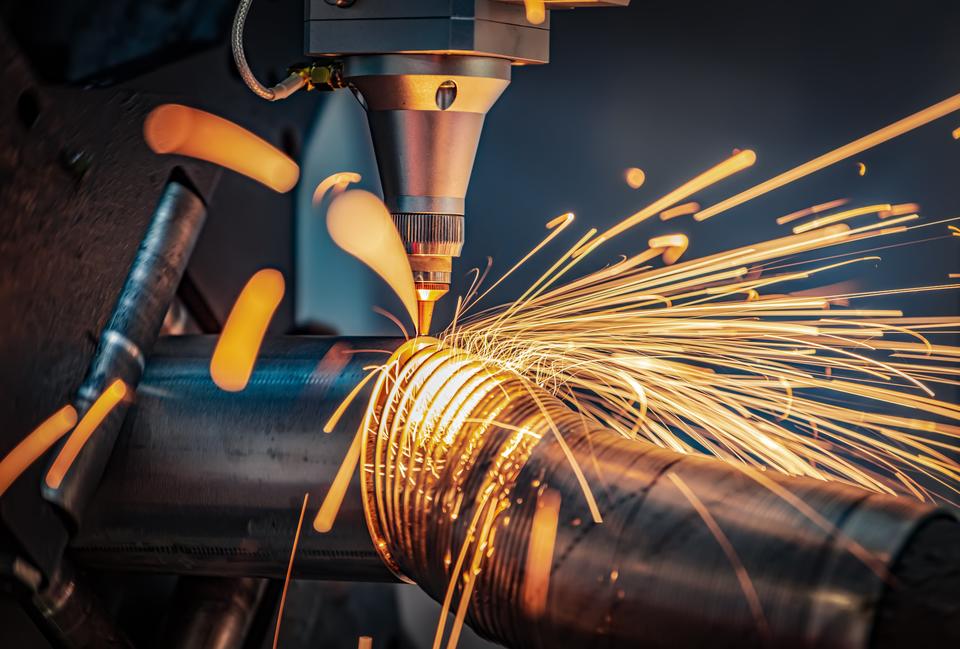Building a Sustainable Metals Infrastructure: NIST Report Highlights Key Strategies
Arizona Free Press
← Back to
Science and Technology

A new NIST report identifies strategies for creating a more sustainable and resilient metals processing infrastructure.
The report highlights key challenges, including a lack of robust standards for recycled content and the vulnerability of critical material supply chains.
Making metals processing more sustainable and resilient can promote U.S industrial innovation and competitiveness while strengthening economic and national security.
The National Institute of Standards and Technology (NIST) has published a report identifying strategies for developing a more efficient, sustainable and resilient U.S. metals processing infrastructure, where metals are used and reused more efficiently throughout the economy. The report highlights key challenges that must be addressed to achieve this goal, including a lack of robust standards for recycled content and supply chain vulnerabilities for critical materials.
Metals processing covers the entire material life cycle, including mining, alloy design, manufacturing, reuse and recycling. Making metals processing more sustainable and resilient against supply chain disruptions and resource scarcity is key to promoting U.S. innovation and industrial competitiveness while strengthening economic and national security.
The report, Material Challenges in Developing a Sustainable Metal Processing Infrastructure, is based on a NIST workshop held in July 2024.
“The workshop brought together a diverse group of experts from industry, academia and the policy world to take on some of the biggest challenges in the metals processing space,” said NIST materials research engineer Andrew Iams, a co-author on the report. “Meeting these challenges requires a new approach in how to source, process, use and recycle metals.”
The report covers various topics related to metals manufacturing, from new technologies for extracting and processing bulk materials, like aluminum and steel, to developing new modeling and data tools to design advanced alloys.
The report highlights the importance of critical materials, including minerals containing lithium and cobalt that are key manufacturing elements for smartphones, batteries, semiconductors and medical devices, as well as superalloys used in military hardware and jet engines.
These materials can be challenging to obtain due to limited availability and the risk of supply chain disruptions. Industries can address these issues by diversifying their supply chains with new sources, identifying substitute materials, and improving recycling methods to enable greater recirculation of existing materials.
The report also highlights the need to improve standards for metals reuse and recycling. Better standards can make the separation of metals for recycling more efficient, reducing industry costs. New certification programs can help ensure that products made with recycled content meet performance standards, which could expand the market for recycled materials.
The report highlights five strategies that would help the industry tackle these and other challenges:
Advance measurement science for sustainable metals manufacturing, including new separation techniques for recycling.
Develop the technical basis to support standards development, including the data needed to create or improve performance-based standards for highly recycled metals, such as aluminum and steel.
Enhance data and modeling tools for addressing supply risks and designing products for improved recyclability.
Promote workforce development and education by establishing training programs and creating partnerships between universities, labs and industry.
Convene stakeholders to establish collaborations that foster knowledge-sharing and innovation.
The NIST workshop brought together manufacturers, technology companies, researchers and other experts from all stages of the metals processing chain. NIST has a long history of convening stakeholders across industrial sectors to solve shared problems through better technology and standards.
“We are always seeking ways to help industrial partners solve tough engineering or scientific problems,” Iams said. “Part of NIST’s mission is to help keep U.S. industry competitive. We can do that by identifying promising technologies and helping to move them out of the lab so they can be implemented on an industrial scale.”
